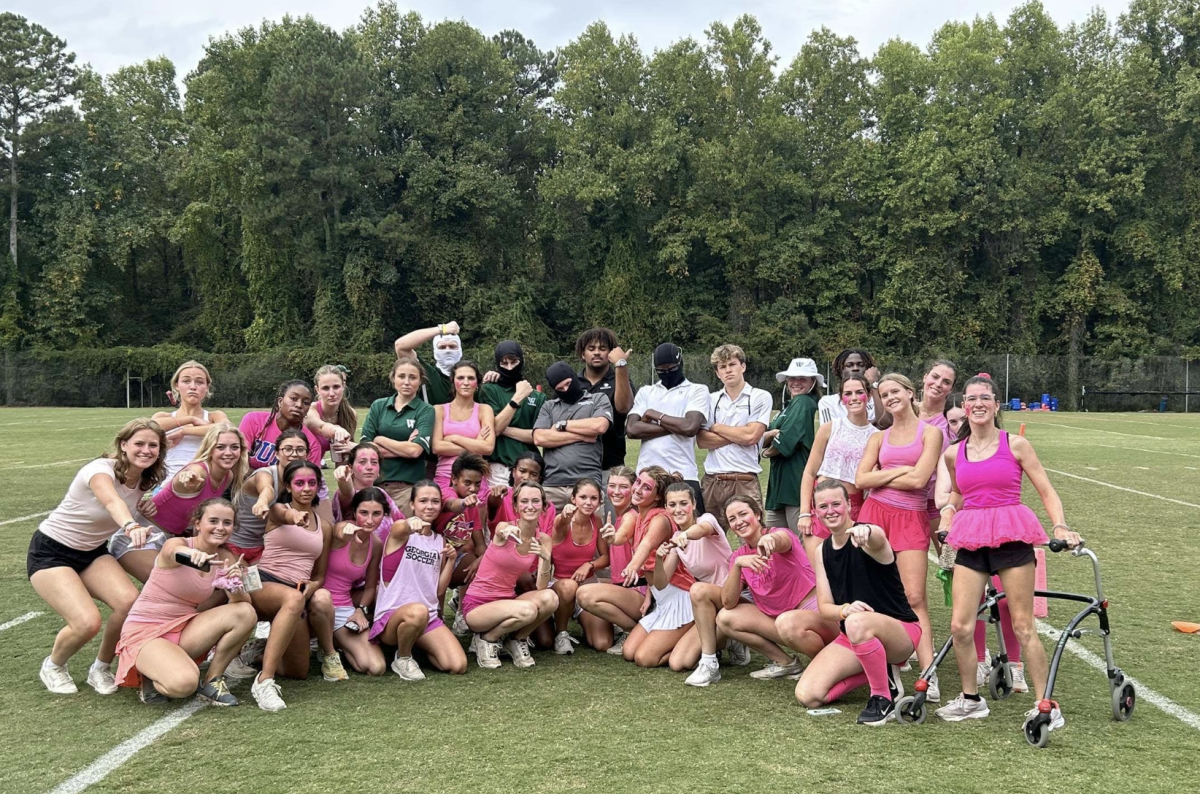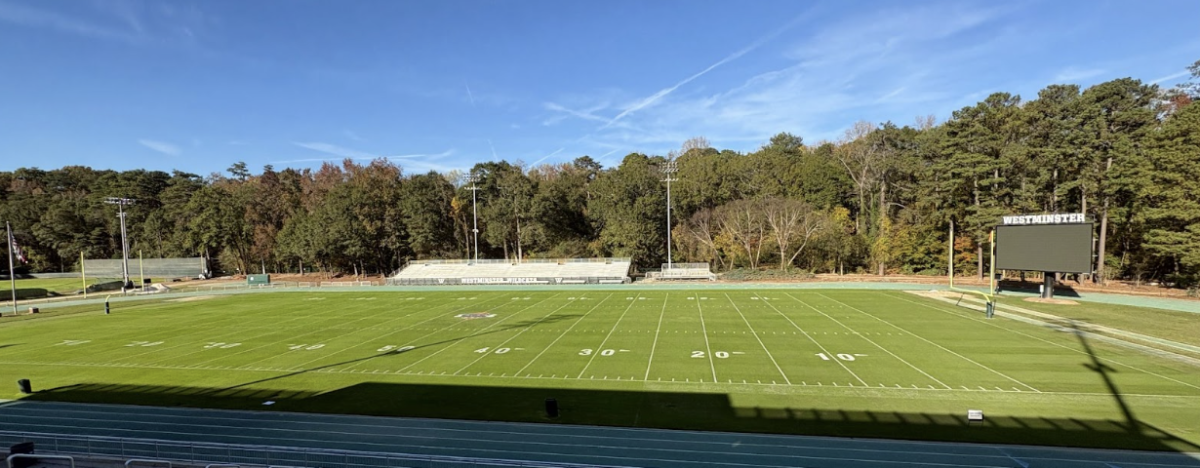Fall is just around the corner, meaning the newest season of college football is upon us. Unlike previous seasons, this season highlights new growing topics of discussion in the sport, namely transfers and conference realignments. These unprecedented changes threaten the current landscape of college football as there is no definitive prediction of how they will ultimately affect the game.
Some people are opposed to the transfer portal, which grants athletes the ability to transfer to other colleges for sports, often arguing that college football is different from the NFL and student athletes should continue their education at the college they originally enrolled in. Yet many support the transfer portal, as they argue it provides new opportunities for players.
“I feel like the transfer portal is a good thing for college football,” said junior Cooper Dietz. “It allows for players who couldn’t flourish on one team to flourish on another team, giving them a better future in the sport.”
Quarterback Sam Hartman, who transferred from Wake Forest to Notre Dame, serves as an example of an athlete who has benefitted from the new system. At Wake Forest, Hartman’s passer rating averaged 141.6, but, after transferring to Notre Dame, it has shot up to 222.5. Since transferring, he has thrown 10 touchdowns and zero interceptions through three games.
Looking ahead, a top 10 matchup between Notre Dame and the University of Southern California (USC) on October 14 sparks excitement among college football fans as it is a battle between two historic powerhouses. USC, which boasts returning star quarterback and Heisman winner Caleb Williams, is ranked fifth in the Associated Press Poll and currently remains undefeated. However, not everyone is convinced of their abilities.
“[USC] will lose to Notre Dame,” said junior Brian Schaeffer. “It’s ridiculous that some [people] have even slotted them into the playoffs.”
As for the playoff schedule, Schaeffer believes he has already figured it out.
“Georgia is going to be ranked number one,” said Schaeffer. “Florida State will coast to two because of their schedule; Penn State will be the third seed; Notre Dame will make the playoffs at four.”
The University of Georgia, the back-to-back defending national champions, hold steady as the general consensus for the number one seed despite losing many players to the NFL.
“I think UGA is going to dominate even though they’ve lost players over the past year,” said junior Mason Ulzheimer. “I think they’re still a very well-coached team.”
This sentiment has been echoed at the national level, with UGA being ranked as the one seed on both the Coaches Poll and the AP Poll.
After losing 10 starters to the 2023 NFL Draft, many people were wondering how Georgia would fare with this massive amount of talent departing for the NFL. It seems that it has not mattered for the Bulldogs, however, as they’ve had two decisive 48-7 and 45-3 wins over UT-Martin and Ball State respectively.
Despite UGA’s success, the SEC as a whole has raised some doubts recently. Normally the premier conference in college football, their only team currently in the top 10 is UGA. Additionally, the University of Texas pulled off a stunning upset against another premier SEC team, the University of Alabama, on September 9. Many believed that this game would be a “welcome to the SEC” game for Texas, expecting an easy victory for the Crimson Tide in Tuscaloosa. Instead, the Texas Longhorns, the then ten seed, came into Bryant-Denny Stadium and shocked the number three team in the country with a final score of 34-24. However, fans generally agree that considering the SEC’s track record, it will overcome these challenges with ease.
What has surprised many, on the other hand, is the emergence of the Pac-12 as a top tier conference this year. 2023 signifies the Pac-12’s last season as we know it, with ten of their current twelve teams scheduled to depart for other conferences in 2024. Eight of those twelve teams currently hold a 3-0 record, with all eight in the Top 25; they have the most teams of any conference in the Top 25, something no one expected.
While it was mainly the Pac-12 that collapsed, other conferences have had smaller changes. The ACC will gain Cal and Stanford from the Pac-12, as well as SMU from the AAC. The Big-10 is the other main recipient of Pac-12 teams, with USC, UCLA, Oregon, and Washington all joining in 2024. The Big-12 also experienced lots of shifting, gaining BYU, Cincinnati, Houston, and UCF for the current 2023 season and eventually gaining Colorado, Arizona, Arizona State, and Utah in 2024. The two big losses for the Big-12 are Texas and Oklahoma, their two most significant teams historically. They will join the SEC in 2024.
Looking ahead to 2024, the SEC and the Big-10 have a monopoly on college football. Eight of the top 10 teams in the AP Poll will be members of those two conferences. While some believe this is detrimental to the sport, Schaeffer believes this monopoly has already been occurring.
“The Big-10 and SEC were already the most dominant conferences out there,” said Schaeffer. “All this does is just reinforce their power.”
While there have been a couple shake-ups to college football, everyone is excited for the start of the new season. College football is a sport rich in tradition, history, and iconic moments, something that has not changed for the 2023 season.
Edited by Eva Bevington









